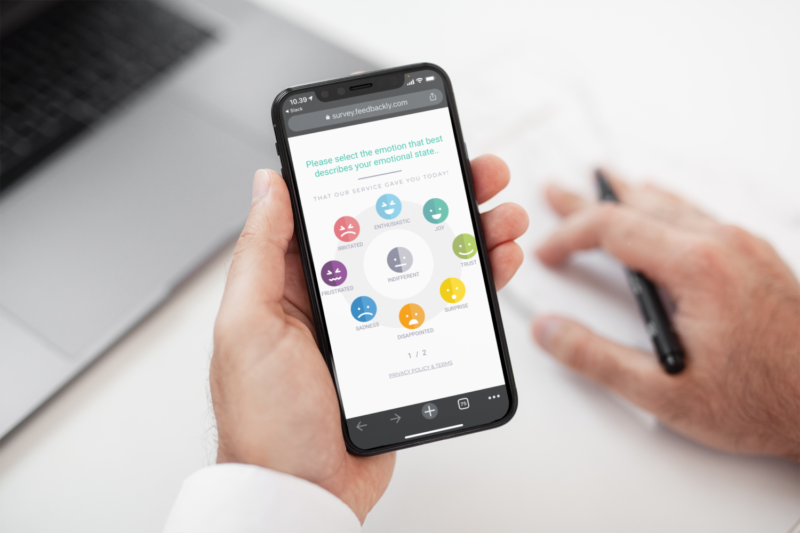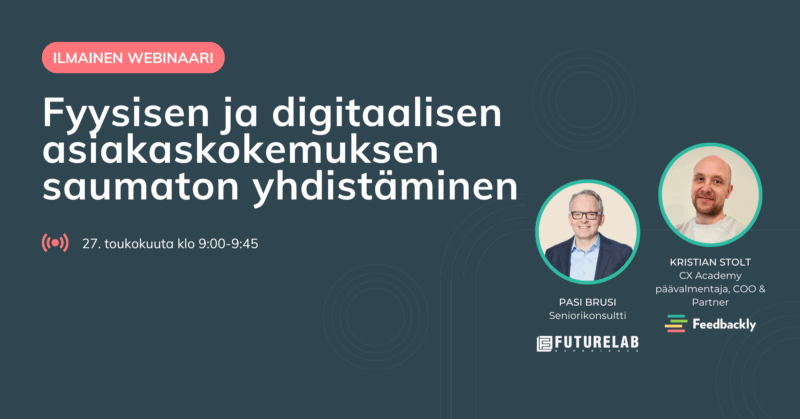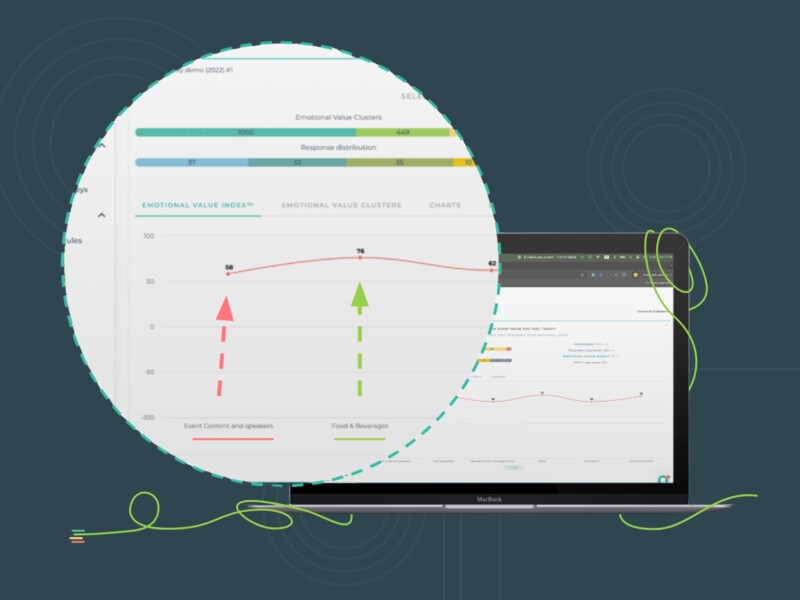If you have implemented a CX strategy for your business, you would know that CX metrics are an important aspect of it. They help you keep track of changing customer behavior and the performance of your business more effectively.
When it comes to measuring CX, EVI® and NPS are two indispensable KPIs used by businesses across various industries. But, if you had to choose between the two, what do you think overrides the other in terms of efficacy and results? Or are they two ends of a spectrum catering to different requirements? Let’s talk about it!
What are EVI® and NPS?
The Emotional Value Index (EVI®) is a metric that measures customers’ emotional experiences. It can be used at various touchpoints in the customer journey. Although it is a relatively new addition, it has proven to be very useful and effective for businesses. After all, nothing conveys a perception better than emotions. When measuring EVI®, you need to select the main state of emotions that are relevant for your business and measure them based on an index. The EVI® survey requests the customer to pick emotions represented by emojis that best describe how they feel at that point.

Net Promoter Score (NPS) measures customers’ likeliness to promote your business to others. It essentially tries to capture the power of loyalty and word-of-mouth. When you deliver a fabulous customer experience, your clients become deeply attached to your product or service and are more likely to come back again. But, they also go beyond that and recommend it to people they know. The NPS survey requests customers to specify their likeliness to recommend the product/service to other people on a scale of 1 to 10 or extremely likely to extremely unlikely.

What are the Similarities Between EVI® and NPS?
- Measure Loyalty
Both EVI® and NPS are indicators of customer loyalty. By asking your customer how they feel, EVI® tries to gauge their attachment and sense of loyalty towards the business. If they denote “enthusiastic” or “joy,” they are more likely to become advocates.
In NPS, you identify it by gauging how far they are willing to go and support your business. Customers who pick “extremely likely” or “likely” or denote a 9 or 10 in their response are marketers of your business!
- Measure Happiness
Next, they both measure customer happiness, implying the success of your customer experience strategy. If a customer selects “more likely” in the NPS survey, it shows that they are delighted with the product/service to the extent they want others to try it. In EVI®, the answer is more straightforward. You can understand their level of happiness based on what emoji they pick; enthusiastic, joy, or trust.
- The scale
In NPS, the percentage of detractors and promoters must be calculated separately based on the total number of responses. When the detractors are deducted by promoters, you will get a value between -100 to +100.
In EVI®, emotions are clustered considering their amplitude, and each cluster is assigned a value. Once the responses are gathered, the weighted average is considered in each cluster, and it will derive a value between -1 to +1. It is then converted to a value between -100 and +100.
What Are the Differences Between EVI® and NPS?
- Applicability
NPS can be used only in the post-purchase phase to gain customer opinions on the product/service. You can’t ask a potential customer if they will recommend the product to others. Therefore, it is applicable only to one particular stage of the entire customer journey.
On the other hand, EVI® questions a customer’s emotional experience, and it can be done at any point in the customer journey. You can ask how they feel in the awareness, consideration, purchase, and post-purchase phases.
- Focus
NPS is a metric that directly focuses on customer loyalty. It cannot offer an insight or provide information about emotions. However, EVI® taps into a deeper aspect of customer behavior by looking at various emotions that shape the perspective of your customer. While offering you a near accurate interpretation of customer loyalty, it also helps you focus on which emotions to prioritize for better results. You achieve a higher value of EVI® when you enrich their emotions based on their feedback.
Which KPI is Better?
The choice depends on what you plan to measure as a part of your CX strategy. As a rule of thumb, think about whether the survey applies to the pre-purchase stage or post-purchase stage. If it’s pre-purchase, it’s EVI®. If it’s post-purchase, look at the purpose. If you wish to measure loyalty, NPS is a good choice. But if you want to measure emotions that drive sales, EVI® is the one to select (check how you can do it here).
We suggest using both EVI® and NPS at the same time! NPS measures customers’ likeliness to promote your business to others and EVI® complements the numeric result with deeper insight into the reasons behind it.




